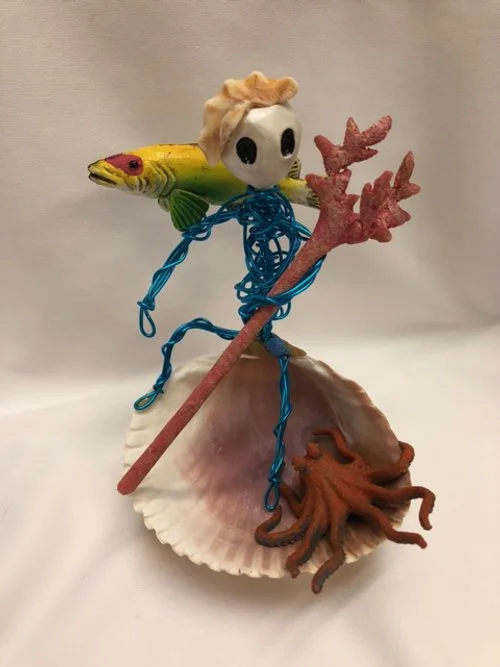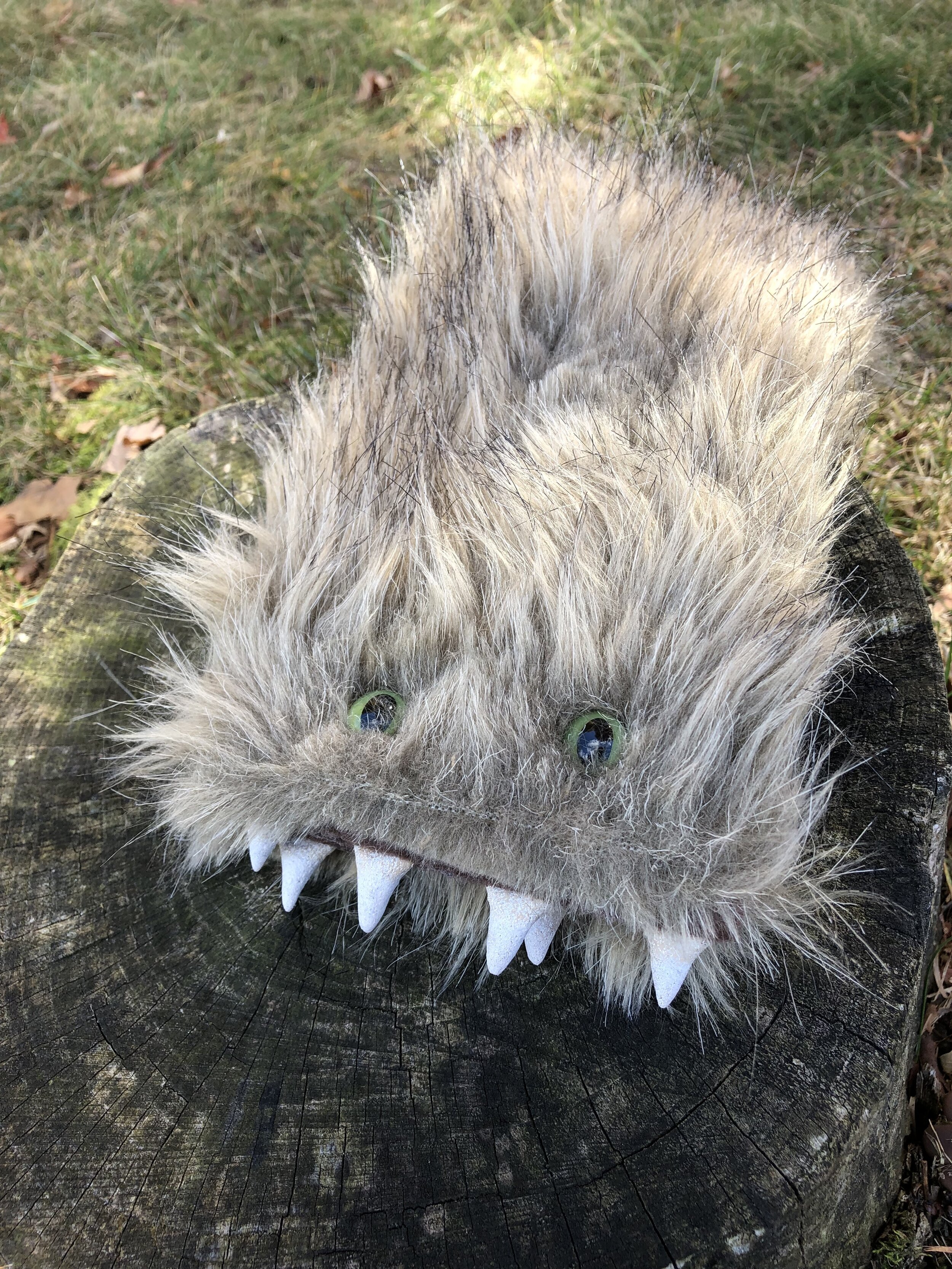Drakatrice
Michael MacWolff
Cryptologic Name: Fidoura anapsis
Planar Origin: Materia
Habitat: Temperate wetlands
Diet: Omnivorous
Appearance & Morphology
The drakatrice, also commonly referred to as the “duckatrice,” resembles a nonmagical duck in overall morphology with the exception of a serpent-like tail with a ribbed fin toward the end. These creatures come in a variety of shapes and colors, based on their lineage, but all share one commonality: solid yellow eyes. Much like their nonmagical counterparts, drakatrices are built for the water with water-resistant down; webbed feet; and a strong, finned tail to help propel them through the water.
Magical Abilities and Behavior
As one might guess based on their nomenclature and morphology, the drakatrice is related to the more common cockatrice, though are significantly less dangerous than their gallinaceous cousins. Both of these species are purely magical in nature and do not mate to reproduce, but rather spawn from eggs of nonmagical birds (chickens and ducks). While cockatrice chicks will often kill their parents, drakatrice ducklings pose no threat to their family members and are almost always accepted and raised by their nonmagical parents, usually remaining with flocks of their nonmagical relatives throughout their lives. Also similar to the cockatrice, the drakatrice has a magical gaze which is its primary defense mechanism against predators. While a drakatrice’s gaze won’t turn you to stone, it will cause your entire body to freeze in place for a period of time, allowing the creature and its flock to continue grazing in peace before moving on at their leisure. Ducks related to the individual drakatrice are immune to this power, as well as other drakatrices.
Field Notes
Drakatrices may pose less of a threat than cockatrices, however they should still be approached with caution. While the effects their freezing gaze are temporary, if you are caught by it in a bad moment it can be quite troublesome or even deadly. For example, if you were to startle one of these creatures while swimming, you would be at serious risk of drowning.




















